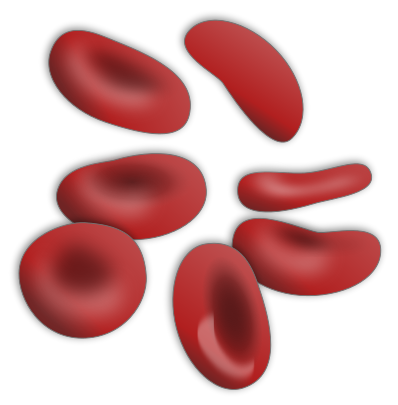Teaching about blood types: World Blood Donor Day 2016 Inspire article
A range of resources to teach about ABO blood groups

Polka; image source:
Wikimedia Commons
Every year on the 14th June the World Health Organization (WHO) says a big thank you to those donors who voluntarily give blood. World Blood Donor Day also raises awareness of the need for safe blood, and is aptly celebrated on the birthday anniversary of Karl Landsteiner who won the Nobel Prize in 1930 for his discovery of the blood groups A, B and C (later renamed O). Two of his colleagues later identified a fourth blood group, AB.
The TedEd video below is a great introduction to the major blood types and why they matter for transfusions. It explains how the presence or absence of A and B antigens on the outside of our red blood cells determines which of the four blood types we have: A, AB, B, or O. It also explains the importance of a third antigen, the Rhesus (Rh) factor, which results in each of the four blood types being ‘positive’ or ‘negative’.
Before a blood transfusion, ABO blood typing uses A and B antigens to determine the blood group and make sure that the right blood is transfused. To demonstrate how this test works in the classroom you can use liquids to stimulate blood types. Students then mimic the process of adding antibodies to blood to determine whether the antigen is present in the sample.
Once your students understand how blood types work, they could also try their hand at matching correct blood donors to patients. Give and Let Live have an activity sheet that shows five patients in need of blood transfusions, and students must choose a suitable donor to ensure they receive blood from the correct group. For a fun way to teach about more general facts regarding blood, take a look at this ‘blood quiz’ too.
We hope these resources are useful for giving a quick overview of blood types to your class. Of course, we have only covered a fraction of this topic so for a host of extra, more in-depth resources take a look at the ‘dig deeper’ section from the TedEd video above.





